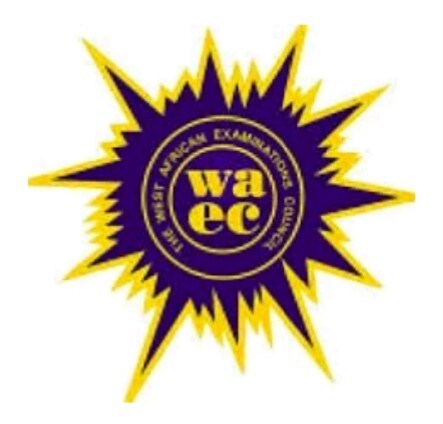When preparing for the West African Examination Council (WAEC) Mathematics exam, it is crucial to familiarize yourself with the Mathematics syllabus provided by WAEC.
This syllabus serves as a comprehensive guide that outlines the topics you need to study and the objectives you should aim to achieve.
In this blog post, we will discuss the significance of studying the Mathematics syllabus and provide an overview of its contents.
We will also list the recommended textbooks that can aid your exam preparation.
Why Study the Mathematics Syllabus?
The Mathematics syllabus is an indispensable tool for your exam preparation. Here are a few reasons why it is essential:
- Guidance: The syllabus acts as a roadmap, directing you towards the specific topics and concepts that will be tested in the exam. It ensures that you cover all the necessary areas of study, maximizing your chances of success.
- Conceptual Understanding: By studying the syllabus, you gain a deeper understanding of mathematical concepts and their practical applications. It helps you connect the dots and recognize the relationships between different mathematical ideas.
- Problem-solving Skills: The syllabus emphasizes the ability to translate real-world problems into mathematical language and solve them using appropriate methods. It trains you to think critically and apply mathematical techniques to various scenarios.
- Accuracy and Precision: The syllabus promotes accuracy in mathematical calculations, ensuring that you can solve problems to the required degree of precision. This skill is crucial for achieving high marks in the exam.
Overview of the WAEC Mathematics Syllabus:
The Mathematics syllabus covers a wide range of topics. Here is a brief outline of the main areas of study:
- Number and Numeration: This section includes number bases, fractions, decimals, indices, logarithms, sequences and series, and sets.
- Algebraic Processes: It focuses on algebraic expressions, linear and quadratic equations, graphs of linear and quadratic functions, inequalities, and algebraic fractions.
- Mensuration: This section deals with the measurement of lengths, perimeters, areas, and volumes.
- Plane Geometry: It covers angles, triangles, polygons, circles, construction, and loci.
- Coordinate Geometry of Straight Line: This topic introduces the concept of the x-y plane and coordinates of points on it.
- Trigonometry: It includes trigonometric ratios, angles of elevation and depression, and bearings.
- Introductory Calculus: This section introduces differentiation and integration of algebraic functions.
- Statistics and Probability: It covers statistical analysis and probability theory.
- Vectors and Transformation: This topic explores vectors in a plane and transformations in the Cartesian plane.
Note: The syllabus provides additional subtopics, notes, and limitations for each area of study.
These details will help you focus on specific concepts and understand the scope of questions that may be asked in the exam.
Conclusion
To excel in the WAEC Mathematics exam, it is crucial to begin your preparations by studying the Mathematics syllabus.
It will serve as your roadmap, guiding you through the essential topics and concepts you need to master.
By familiarizing yourself with the syllabus, you can develop your mathematical competency, problem-solving skills, and logical thinking abilities.
Remember to utilize the recommended textbooks to supplement your studies effectively.






